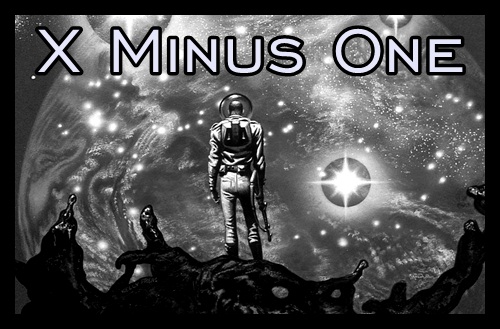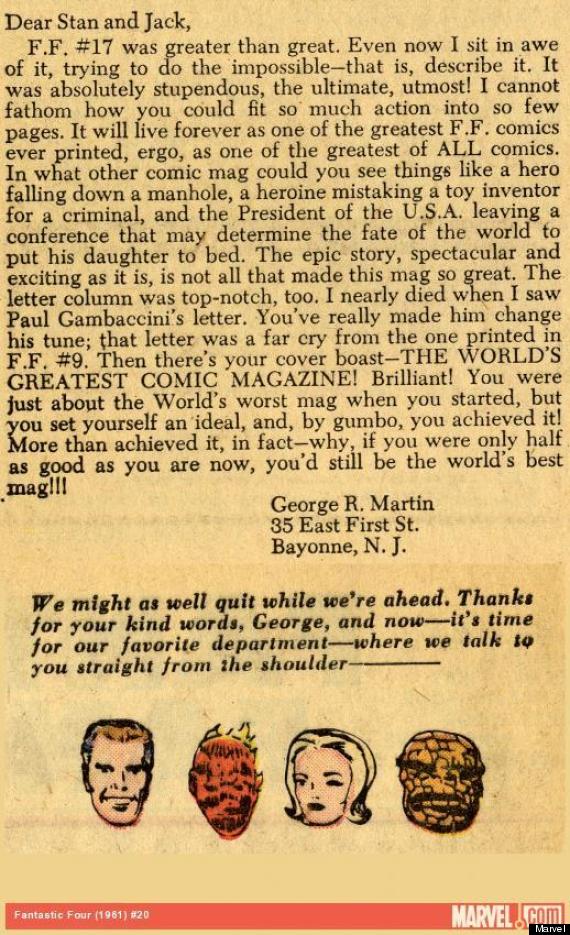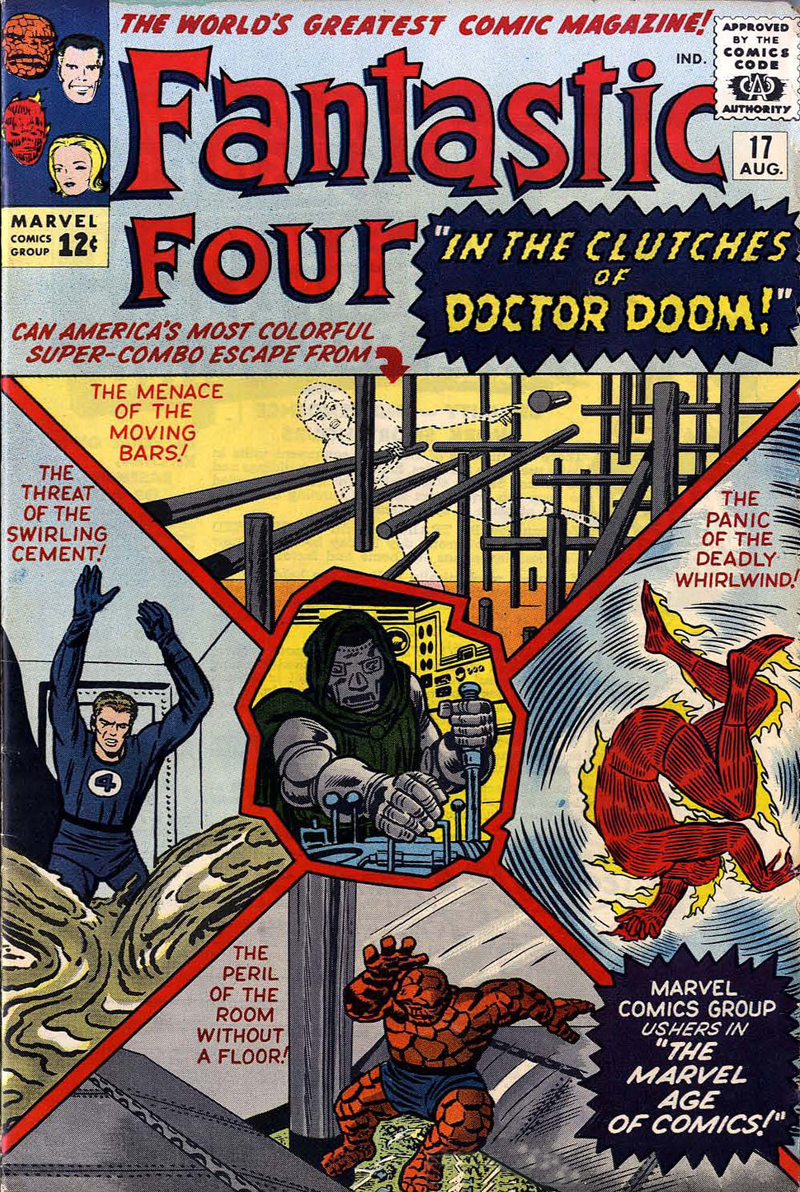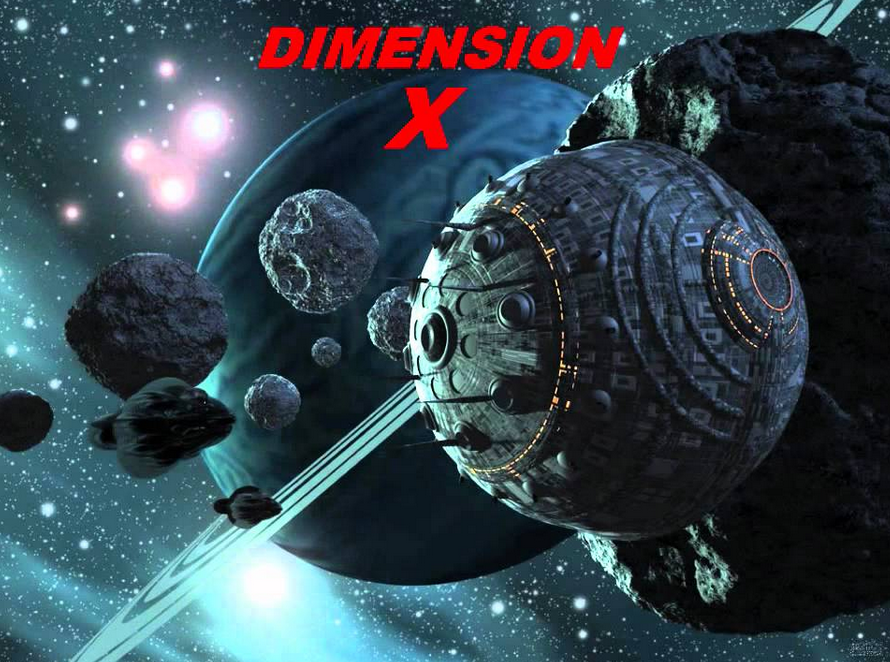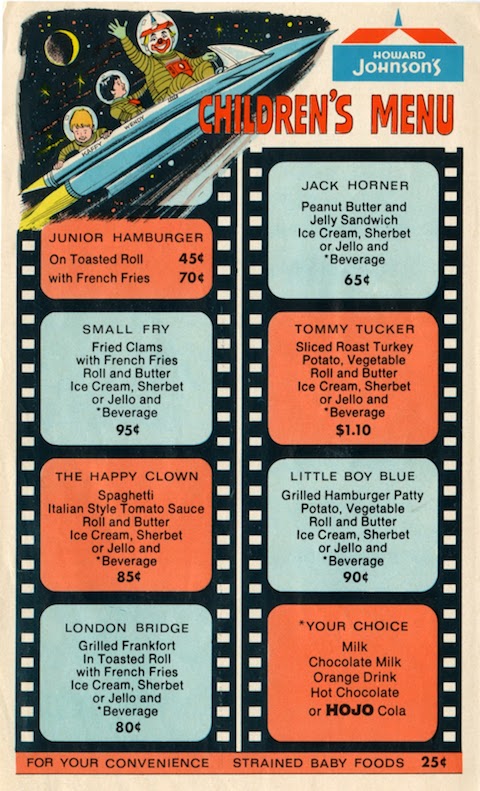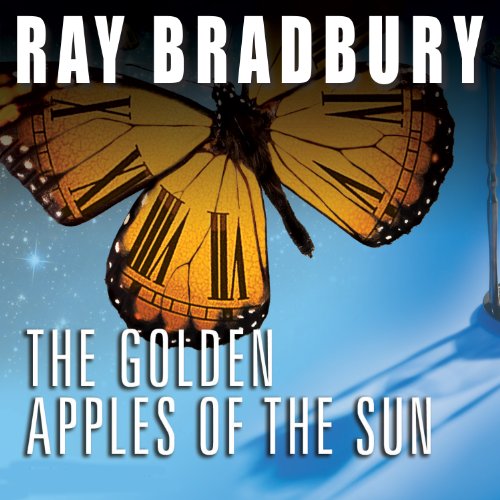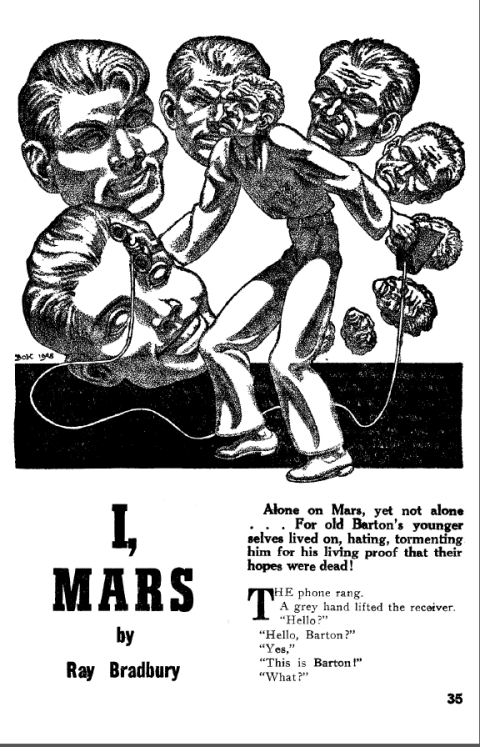Though I seldom long for my native culture when abroad, when the need for a hit of Americana does arise (and I say this currently writing from Seoul, South Korea), I fill my iPod with old time radio. Many shows from America’s “Golden Age” of wireless broadcasting can fill this need, but one could do much worse than Dimension X, the early-1950s science-fiction program we featured earlier this month, or its late-1950s successor X Minus One, whose episodes you can also find at the Internet Archive. Both showcase American culture at its mid-20th-century finest: forward-looking, temperamentally bold, technologically adept, and saturated with earnestness but for the occasional surprisingly knowing irony or bleak edge of darkness. That last comes courtesy of these shows’ writing talent, a group which includes such canonical names as Philip K. Dick, Ray Bradbury, Isaac Asimov, and Robert Heinlein.
X Minus One’s run, which lasted from April 1955 to January 1958, included a heaping helping of the evidently highly radio-adaptable Ray Bradbury: his stories “And The Moon Be Still As Bright,” “Mars is Heaven,” “The Veldt,” “Dwellers in Silence,” “Zero Hour,” “To the Future,” and “Marionettes, Inc.,” all appeared as episodes. From Robert A. Heinlein’s harder-bitten body of work the show produced “Universe,” “Requiem,” and “The Roads Must Roll.” Isaac Asimov, one of the most scientific of that era’s science-fiction writers, wrote the source material for “Nightfall,” “C‑Chute,” and “Hostess.” The pen of Philip K. Dick, surely the most purely imaginative of the bunch, for its part produced “The Defenders” and “Colony.” America let fly all sorts of visions of the future back then, from the optimistic to the pessimistic, the utopian to the dystopian, the progressive to the regressive. The aforementioned writers did it best by mixing all those sensibilities into each of their visions, which you can hear, along with those of many others, in X Minus One’s robust archive. You can stream several of the episodes below.
“The Defenders” (Philip K. Dick)
“Nightfall” (Isaac Asimov)
“Zero Hour” (Ray Bradbury)
Related Content:
Orson Welles Vintage Radio: The War of the Worlds That Petrified a Nation
Isaac Asimov’s Science Fiction Classic, The Foundation Trilogy, Dramatized for Radio (1973)
Colin Marshall hosts and produces Notebook on Cities and Culture and writes essays on cities, language, Asia, and men’s style. He’s at work on a book about Los Angeles, A Los Angeles Primer. Follow him on Twitter at @colinmarshall or on Facebook.
